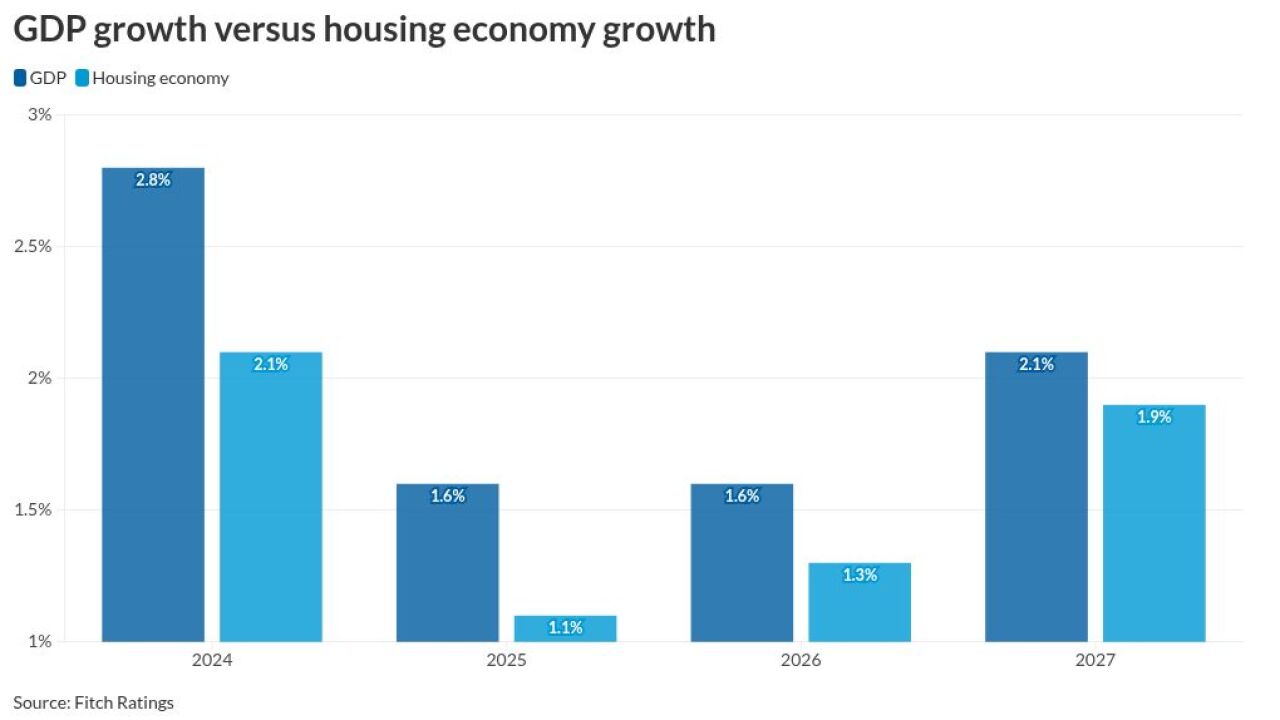A new European collateralized loan obligation will measure whether its assets comply with United Nations Sustainable Development
Neuberger Berman’s new CLO will map credits to UN targets that aim to drive international progress toward action on climate, equality and poverty by 2030.
By calibrating how its portfolio matches up against a set of recognized external benchmarks, the firm gives investors the chance to compare it against sustainable alternatives. Configuring such deals is also a way for managers to seek better terms if buyers start accepting lower pricing on the vehicles that best meet environmental, social and governance goals.
“The deal is believed to be the first CLO which includes reporting on assets which are objectively ESG-positive, including borrowers who have made covenants by reference to the UN’s sustainable development goals,” said Chris McGarry, a partner at White & Case LLP law firm in London.
Step Further
Managers such as The Hague-based NIBC Bank NV have already stitched together CLO deals that include ESG criteria. What makes Neuberger Berman’s transaction different is that it measures credits according to the progress they’re making toward an internationally-recognized external standard.
To be sure, technical challenges have hampered efforts to make CLOs more ESG-compliant.
Vehicles need to invest in a large and diverse number of assets of more than 100 credits. That makes it hard for managers to source enough leveraged loans tied to ESG goals to bundle up for their deals.

“In general, scoring credits and reporting is a good development,” said Aza Teeuwen, portfolio manager at TwentyFour Asset Management LLP in London. “But there is room for improvement -- it’s still early days.”
Neuberger Berman rates credits for compliance with the firm’s internal ESG scoring system, and will report on those on a quarterly basis, said Vivek Bommi, who is responsible for the firm’s European non-investment grade portfolios.
Wider Trend
The interest in ESG aims shown by managers and investors mirrors a wider trend for putting financial markets to work to help address climate change and inequality.
Previously, CLO managers interested in similar criteria tended to screen out sectors deemed to be socially and environmentally harmful, such as the tobacco and weapons industries, rather than actively measure themselves against ESG benchmarks.
Sustainability-linked ratchets are starting to creep in on new loan transactions, and industry associations are becoming more outspoken on the topic. Even so, the shift toward mapping CLO portfolios to ESG criteria is in its early stages.
“Given the size of the loan market, it’s really only the exclusions and ESG integration aspects that are going to have any impact, and where managers can differentiate themselves,” said Bommi.





